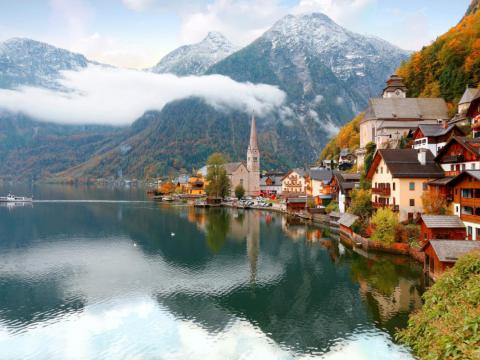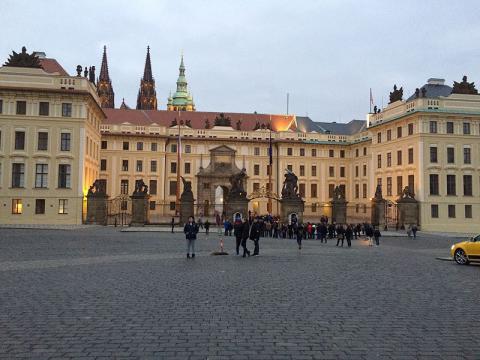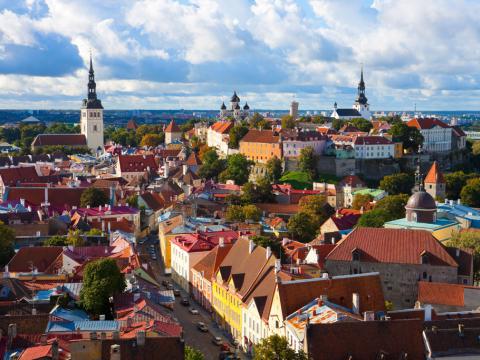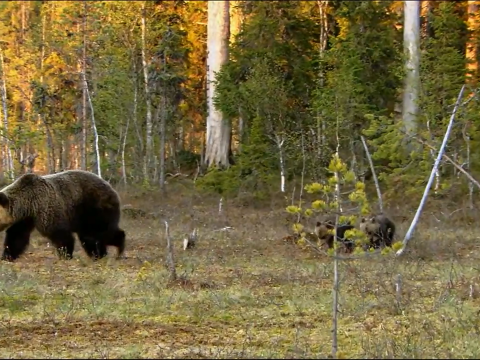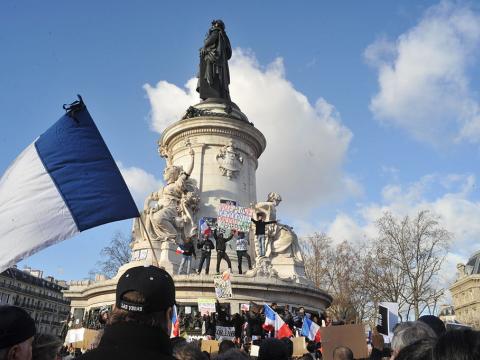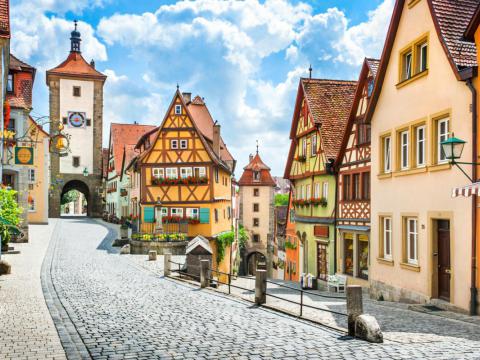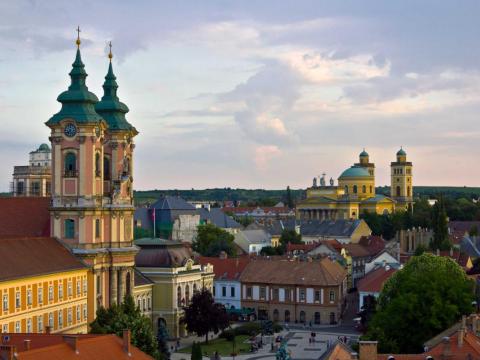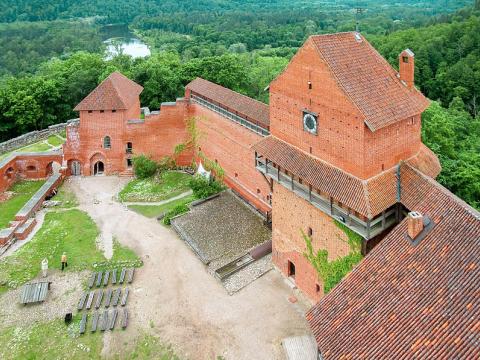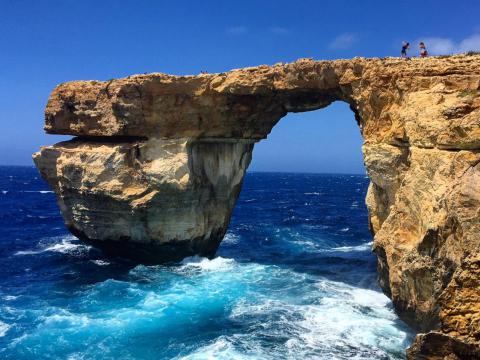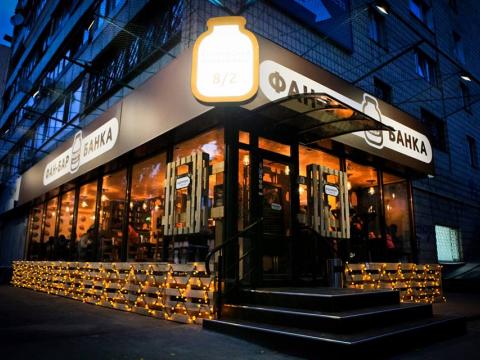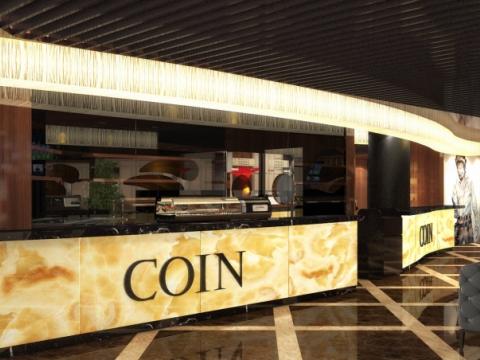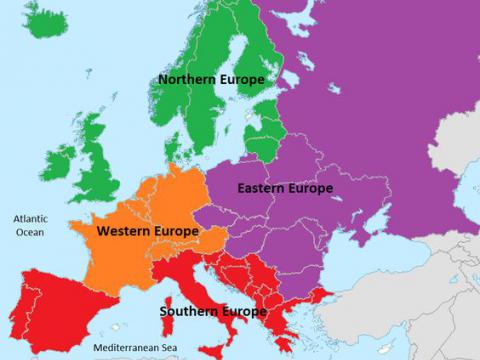Europe in a Nutshell
Perhaps best explained as the cultural epicenter of the global community, the continent of Europe holds inherent a diverse array of cultural depth and historical significance. With over 50 countries comprising the region, and an astounding 200 languages spoken throughout these nations, it is no wonder why Europe has become a top travel destination for individuals around the world.
Although the distinctions between the Western and Eastern regions of Europe are apparent to all, visitors have found their dreams fulfilled on either end of the massive area. From the Eastern coasts of Asia to the Western waters of the Atlantic, the European continent stretches roughly 3,930,000 square miles (or 10,180,000 square kilometers).
Depending on the preference of atmosphere, and the sights that are sought after, travelers can experience nearly whatever their hearts desire. The artistic magnificence and architectural wonders of cities such as Paris and Barcelona provide insight into the very beginnings of human civilization, while still maintaining the more progressive social environment that many enjoy. For those looking for remnants of recent history, traveling to the Eastern nations of Romania and Prague present a stark contrast of a society that has only recently emerged from the confines of communism.
Brief history
Modern day humans, Homo sapiens, arrived in Europe during the Upper Paleolithic, around 45,000 to 43,000 years ago, and eventually traversed the entire continent during the Mesolithic. New research is suggesting homo neanderthalensis interbred with Modern humans (homo sapiens) based in Northern Europe pushed south towards the middle east by the last ice age, but disappeared around 40,000 years ago. Some historians attribute their demise to an inability to adapt to rising temperatures at the end of the last ice age.
The first major civilization in Europe - the Minoans - arose and flourished from 2600 to 1400 B.C. Minoan culture had many characteristics of complex and developed societies: their own language and writing system, domesticated animals, an agricultural system, overseas trading, water and sewage facilities, and transportation systems. Their trading networks extended from Greece, Cyprus, and Syria to Egypt, Mesopotamia, and Anatolia.
Few concrete facts are known about how Minoan culture came to an end. Some historians believe that a large volcanic eruption was responsible for end of Minoan civilization. The largest volcanic explosion in modern day history occurred on the island of Thera, only a 100 kilometers from Crete. Volcanic ash from this explosion could have hindered plan growth, and ultimately starved the Minoans. The eruption could have also produced a catastrophic tsunami. Regardless of the details, archaeologists commonly agree that the volcanic eruption on the island of Thera left the Minoans vulnerable to the antagonistic advances of the Mycenaeans.
The subsequent emergence of the city states of ancient Greece marked the start of a new cultural era: classical antiquity. This period was followed by the rise of the Roman Empire, which dominated the Mediterranean basin until its fall in 476 AD marked the start of the Middle Ages.
Feudalism and social hierarchies solidified during this period. Kings occupied the pinnacle positions of power, followed by the nobility, and then the peasantry. Social mobility was limited. Warfare was prevalent due to small geographical boundaries and distribution of rich resources throughout the fairly small region.
Conflict ultimately greatly accelerated advances in warfare and technologies to support that. In other cultures that spoke the same tongue -- a lot less bloodshed occurred and a lot less technology to kill each other was invented. Europeans societies became more politically and economically complex as they strove to conquer and rule each other. The expansion of scientific knowledge and economic development was fueled by the huge population (In 1900 roughly 500 million of 1.7 billion on earth were European) and tension between different groups and nations, which produced both incredible advances in human development and human cruelty.
The Middle Ages were followed by the Renaissance during the 14th century. This period was characterized by new modes of scientific and theological thought that challenged traditional doctrines. Religious doctrines were also challenged by the Protestant Reformation, which grew popular in Germany, Scandinavia, and England.
The subsequent Industrial Revolution in the 1800s led to economic prosperity in Western Europe, particularly England, and helped fuel colonial expansion across the Americas, Africa, and Asia. A series of wars followed the colonial period: World War I, World War II, and then the Cold War, which lasted from 1947 to 1989.
The massive scale of human suffering and casualties produced by World War II compelled leaders to feel Europe needed greater socio-economic and political integration. This led to the inception of the European Coal and Steel Community, which ultimately because the European Union.
After 1967, the European Union grew rapidly to include many different nations over the years: Denmark, Ireland, the United Kingdom, Greece, Spain, Portugal, Austria, Finland, Sweden, Cyprus, the Czech Republic, Estonia, Hungary, Latvia, Lithuania, Malta, Poland, Slovakia, Slovenia, Bulgaria, Romania, and Croatia. Nations like Norway, Switzerland, the Vatican, Monaco have close ties with the European Union but have not yet joined.
Regions
Europe extends from the icy Arctic Ocean in the north to the pleasantly mild subtropical Mediterranean Sea in the south, with a wide range of temperate climates and habitats in between. The continent's east is linked to Asia, and for historical purposes, a line is normally drawn from the Ural mountains to the Aegean Sea through the Caucasus, while the continent's western extremities jut bracingly into the Atlantic Ocean.

Regions of Europe: A Quick Overview
Living
Living in Europe can either be extremely affordable or incredibly expensive, depending the region, country, and region. Eastern Europe tends to be the most affordable, but big cities in Western Europe have a higher cost of living. The average standard of living in Western Europe is also higher than anywhere else in the world.
Immigration to Europe has increased substantially in the later 20th century and immigrant populations across Europe have grown rapidly. However, negative attitudes towards immigration have also grown over the last few decades. Within Europe, the term ‘immigrant’ tends to refer to non-EU citizens, although this is not always the case.
Proficiency in English varies greatly from country to country. Nearly everyone speaks a passable degree of English in the following countries: the United Kingdom, Ireland, Gibraltar, Cyprus, Malta, the Netherlands and Scandinavia. In other countries, English speaking abilities tend to depend on age, education, proximity to urban areas, and employment (e.g. those in the tourism industry are more likely to speak English).
Getting Around
Traveling from country to country within Europe is usually fairly easy. Most countries are within Europe are in close proximity to each other, and many do not have border controls (if they are part of the Schengen Agreement). They tend to be easily accessible by train, bus, car or flights, many of which are short and inexpensive. Wizzair or Ryanair are popular budget airlines. Buying a train pass like the Eurorail Global Pass allows travelers to take unlimited train rides for up to three months through up to 24 countries.
Traveling within major cities is also usually fairly simple and affordable. For instance, the London Underground can be used for only a few pounds. Some lines even operate twenty four hours a day. The London Underground, first opened in 1863, was the world’s first underground railroad system. Though not all major European cities have an underground railway system, most have buses, taxi systems, and increasingly ride share program like Uber.
Economy
Europe has the largest continental economy on Earth. As of 2016, assets under management total to over $32.7 trillion, which represents a third of the world’s wealth. Germany has the largest national economy in Europe, followed by the United Kingdom, France, Italy, Russia, and then Spain.
Nonetheless, there are large economic disparities between European countries. Most wealth has accumulated in Western Europe. Many Central and Eastern Europe are still recovering from the collapse of the Soviet Union in the early 1990s.
Many countries also experienced economic decline after the global financial crisis of 2008, especially economies in the south, like Greece, Italy, Portugal and Spain. Nonetheless, at present, Europe is predicted to continue experiencing economic growth. The economic status of Greece is still somewhat uncertain, but more stable than it has been in the last few years.
Tips
If entering a Schengen country, you can travel at will to other countries and only one visa is necessary to visit other Schengen country. If you are a citizen of the United States, you do not need a visa to enter the Schengen area, though if you wish to remain for more than 90 days, or if you wish to work in a Schengen country, you are required to obtain a visa.
Europe is a popular destination for skiing and snowboarding. The Alps, and the Scandinavian mountains are the most famous destination, but the mountains of Eastern Europe are increasingly popular as a cheap alternative to Western Europe. Europe is also a popular destination for hiking, cycling, and paragliding.
Europe is the largest wine producing continent in the world. The biggest wine producing countries in Europe include France, Italy, Spain, Germany and Europe, although nearly all European nations have some degree of wine production. Beer is also a libation of significance in Europe, particularly in Germany, the Netherlands, Belgium, and the Czech Republic, where lagers originated from. Britain and Ireland are known for their production of stouts.
Traveling in Europe is usually fairly safe, but dialing 112 in any EU members nations will connect you to emergency services if necessary. The biggest risks of living in Europe tend to be pickpockets and muggings.
Last modified on 04/30/2021 - 06:41
Currently there are no trip reports about Europe.
Currently there are no videos of Europe.



